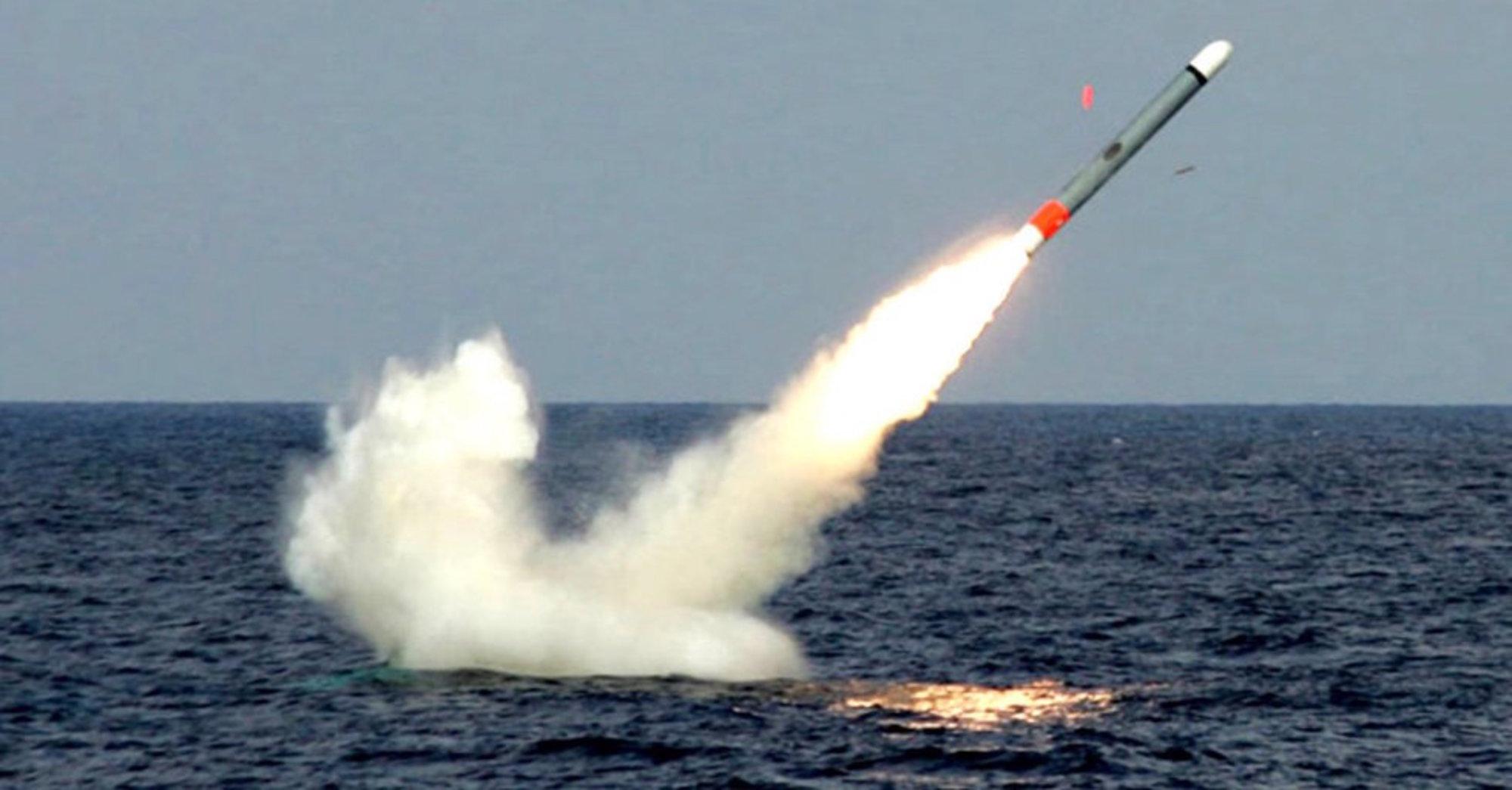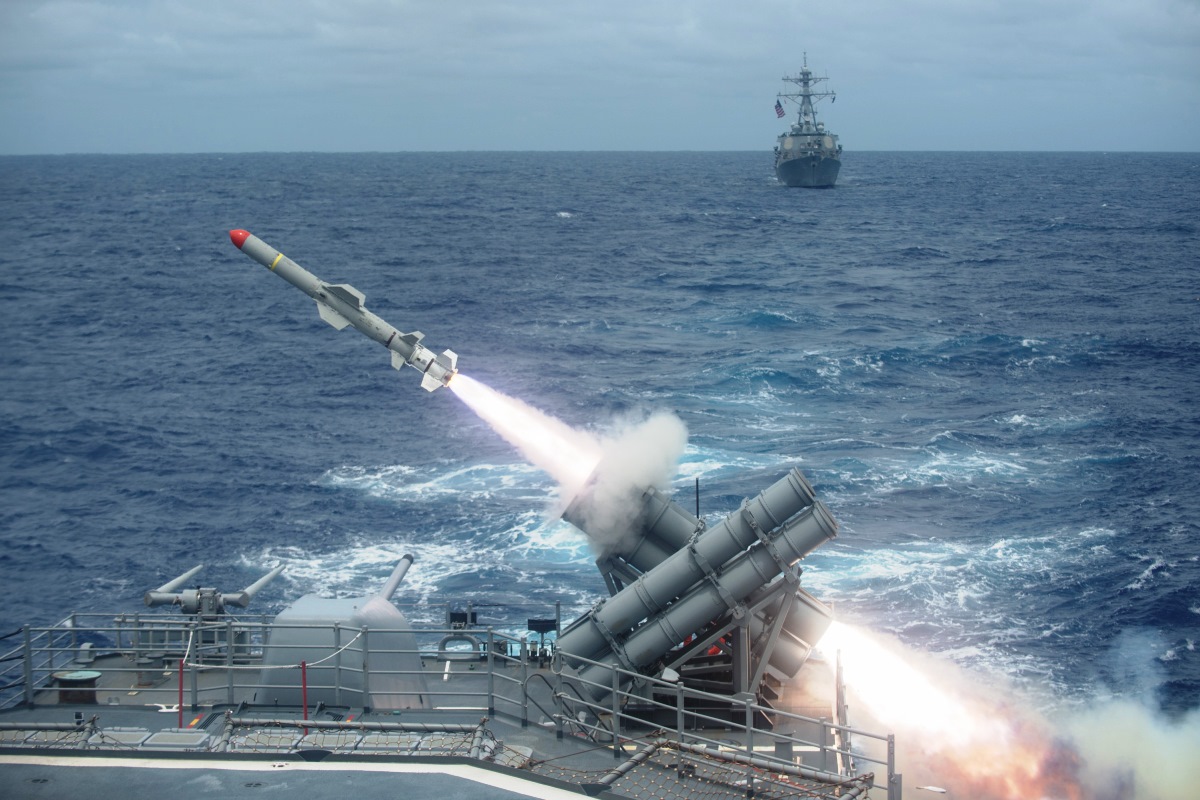Table Of Content

The first iteration of the Block V upgrades the missile’s communication and navigation systems. This is about making it tougher to counter and detect electronically, said Bryan Clark, a retired submarine officer and senior fellow at The Hudson Institute. WASHINGTON – The U.S. Navy test-fired its new Block V Tomahawk from the destroyer Chafee in December, introducing the newest generation of the venerable Tomahawk cruise missile to its arsenal. Tomahawk missiles have been world famous since the first Gulf War in 1991 when the United States used the missile against Saddam Hussein's forces in Iraq and Kuwait. Since then, the missile system has been used in nearly every conflict the United States has been involved in, including recent strikes against Houthi rebels in Yemen.
Several decades of service
Cruise missiles fly low to avoid radar detection, and a slower speed helps them fly lower and hug the ground. Tomahawk cruise missiles, for example, fly at an altitude of between 98 and 164 feet at a speed of 550 miles per hour. Part of the broader appeal of hypersonic weapons to nations like Russia, China, and the United States is that the speed and trajectories of the missiles make them harder to detect than ICBMs. The ballistic arc of ICBMs means the launch is visible to radar while it is still ascending, once it clears the horizon line. Most of the avowed nuclear powers have technically had hypersonic weapons for a half-century or more, as the ballistic missiles that carry nuclear warheads travel at hypersonic speeds, impacting their targets at up to 15,000 miles per hour.

Everything To Know About Tomahawk Missiles: Speed, Cost, And Destructive Power
He covers uncrewed robotics and other drones, communications systems, the nuclear enterprise, and the technologies that go into planning, waging, and mitigating war. The South Korean and U.S. air forces held joint air drills in Gunsan, South Korea on Friday, where they practiced ways to detect and counter enemy threats. The US Navy awarded a $251m contract to Raytheon for the production and delivery of Tomahawk Block IV missiles for both the US Navy and Royal Navy in September 2014. Raytheon was awarded a $207m-worth firm-fixed-price contract in March 2009 for 207 Tomahawk Block IV All-Up-Round (AUR) missiles. The Block Va variants will be named Maritime Strike and have the capability of hitting a moving target.
N.Korea: Cruise missile warhead and anti-aircraft missile tested on Friday NHK WORLD-JAPAN News - NHK WORLD
N.Korea: Cruise missile warhead and anti-aircraft missile tested on Friday NHK WORLD-JAPAN News.
Posted: Sat, 20 Apr 2024 20:26:02 GMT [source]
Efficiency in modern warfare
Another contract worth $254.6m was awarded for Tomahawk Block IV in the same year. The Tomahawk is designed to operate at very low altitudes while maintaining high-subsonic speeds. Its modular design enables the integration of numerous types of warheads, guidance and control systems.
If the two match, the missile is on the right flight path; if they don’t match, the missile adjusts course. Programming TERCOM for a long-range mission was a notoriously time-consuming process, and had to be done at a computer terminal. Submarine-launched Tomahawk missiles entered service in 1983 with conventional (i.e., nonnuclear) land-attack and antiship missile variants, as well as with a land-attack missile carrying a nuclear warhead. The nuclear variant has since been retired, and a land-attack cluster-bomb variant that disperses bomblets has been added. By the start of the Persian Gulf War in 1991, Tomahawks had been fitted to surface ships.
The Simple Difference Between Ballistic Missiles and Cruise Missiles
SCIFiRE was descended from the earlier HIFiRE program, which tested a scramjet engine at speeds up to Mach 8. In 2020, the U.S. and Australia jointly began the Southern Cross Integrated Flight Research Experiment partnership, or SCIFiRE. The contract will mature the Raytheon SCIFiRE prototype into an actual weapon system. The US Navy placed a $338m contract with Raytheon in June 2012 for the delivery of 361 Tomahawk Block IV tactical cruise missiles.
The Tomahawk Block IV missiles were converted and upgraded to Block V in 2017. The upgraded Tomahawk includes extended range, enhanced navigation and communication systems and modernised data-link radio. RGM / UGM-109E Tomahawk (Block IV TLAM-E) is the latest member in the Tomahawk missile family. It carries a 1,000lb-class unitary warhead for a maximum range of 900nmi. The Tomahawk Land Attack Missile (TLAM) can strike high-value or heavily defended land targets. The Block II TLAM-A missile achieved initial operating capability in 1984.
Royal Canadian Navy

However, it only saw its combat debut on 7 October 2015, in Syria as a part of the Russian military campaign in Syria. The missile has been used 14 more times in combat operations in Syria since its debut. These missiles travel faster than the speed of sound, usually using ramjet engines. The missile continues to ascend toward the highest point in its trajectory, and then begins to descend toward Earth. This is the longest phase of a missile’s flight; for ICBMs, it can last around 20 minutes.
Tomahawk launch platforms
The missiles allow countries that can afford them the ability to execute precision strikes on heavily defended targets without endangering pilots or aircraft. The first cruise missiles were Japan’s kamikaze planes of World War II. The kamikaze, or “divine wind,” was part of the Japanese Special Attack Units.
Between 1957 and 1961 the United States followed an ambitious and well-funded program to develop a nuclear-powered cruise missile, Supersonic Low Altitude Missile (SLAM). It was designed to fly below the enemy's radar at speeds above Mach 3 and carry hydrogen bombs that it would drop along its path over enemy territory. Although the concept was proven sound and the 500-megawatt engine finished a successful test run in 1961, no airworthy device was ever completed. A $25.9m contract for Tomahawk missile composite capsule launching systems (C/CLS) was awarded in December 2014. The C/CLS is integrated with the nuclear-powered fast-attack submarines and nuclear-powered guided-missile submarines, allowing the missile to be launched from submarines.
Missile Threat is a product of the Missile Defense Project at the Center for Strategic and International Studies. The war in Ukraine has also seen the use of two European cruise missiles, the U.K.’s Storm Shadow and the French SCALP missile. The two are essentially the same, with a 340-mile range and 990-pound warhead.
Ballistic missiles are powered initially by a rocket or series of rockets in stages, but then follow an unpowered trajectory that arches upwards before descending to reach its intended target. The Tactical Tomahawk Weapons Control System (TTWCS) integrated within the ship’s systems computes the path to engage targets. The system enables the planning of new missions on board the launch vessel. TTWCS is also used to communicate with multiple missiles for reassigning the targets and redirecting the missiles in flight. Raytheon reports that the Tomahawk missile could stay in service until at least 2035. By that time, the cruise missile will have eclipsed 50 years of service.
“And if they can get it down to being able to fit in [the Mark 41], then that could provide the Navy a next-generation capability that is more survivable and has a shorter time of flight. The missile has been able to stay at the $1 million price range, which is on the low end for missiles. Raytheon’s supersonic SM-6 can reach speeds of Mach 3.5 – with future iterations believed to be capable of reaching hypersonic speeds – but cost more than four times as much per shot and have less range. That’s the Tomahawk’s key differentiator, said Jerry Hendrix, a retired Navy captain and analyst with Telemus Group. The Tomahawk missile itself is a 20.3 foot long craft with a wingspan of eight and a half feet, and it weighs 3,330 pounds with all of its components.
The missile was first deployed in combat during Operation Desert Storm in 1991. With all the emphasis on supersonic and hypersonic missiles and with the improvements in air defenses, that might make Tomahawk seem like a fuddy-duddy by comparison. The submarines USS Louisville and USS Pittsburgh launched Tomahawks in 1991 at targets in Iraq and became the first submarines to fire Tomahawks while submerged.
Given the weapon's ubiquity, it's worth exploring what exactly a Tomahawk missile is. The United States Navy reports that over 2,300 Tomahawks have been deployed in combat, with that number increasing by the day. Navy plans to upgrade its Tomahawk missiles to the Block V configuration. Speaking at the 2020 Surface Navy Association Symposium, Tomahawk program manager John Red said the Navy would retire its Block III Tomahawks and update its Block IV units to the new configuration, which adds modern guidance systems and extends... The Tomahawk was first deployed in combat in the 1991 Gulf War in Operation Desert Storm, with the first salvo launched from the USS Paul F. Foster (DD 964) at Iraqi targets.18 Overall, the mission achieved initial success. The slow, stubby-winged cruise missile has become a major part of modern warfare.


